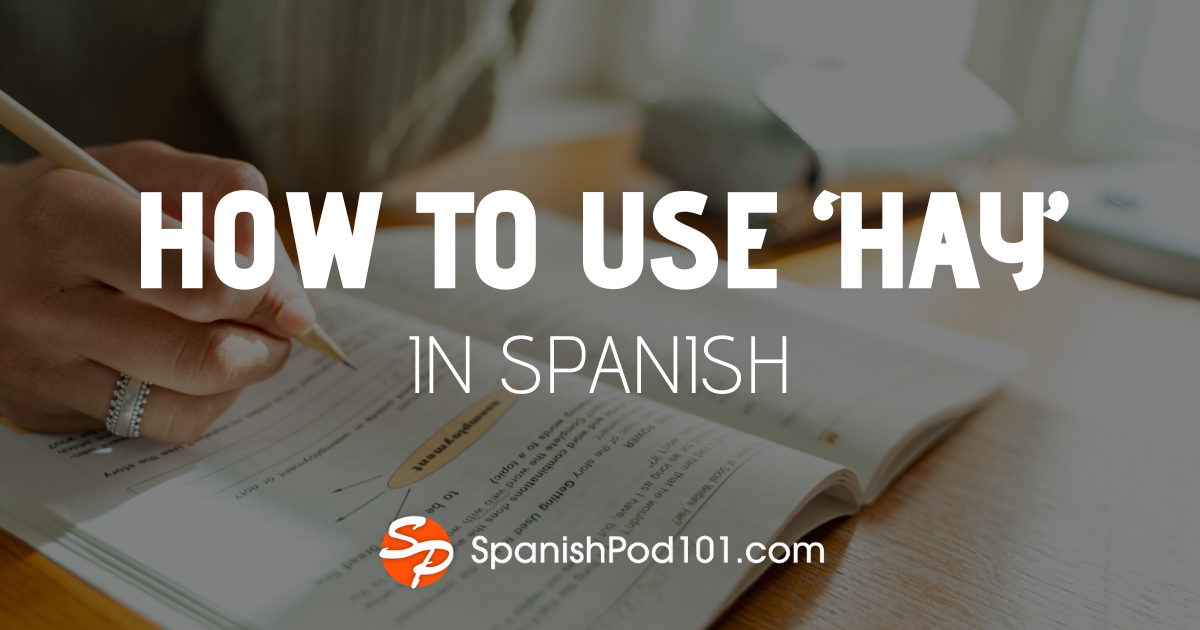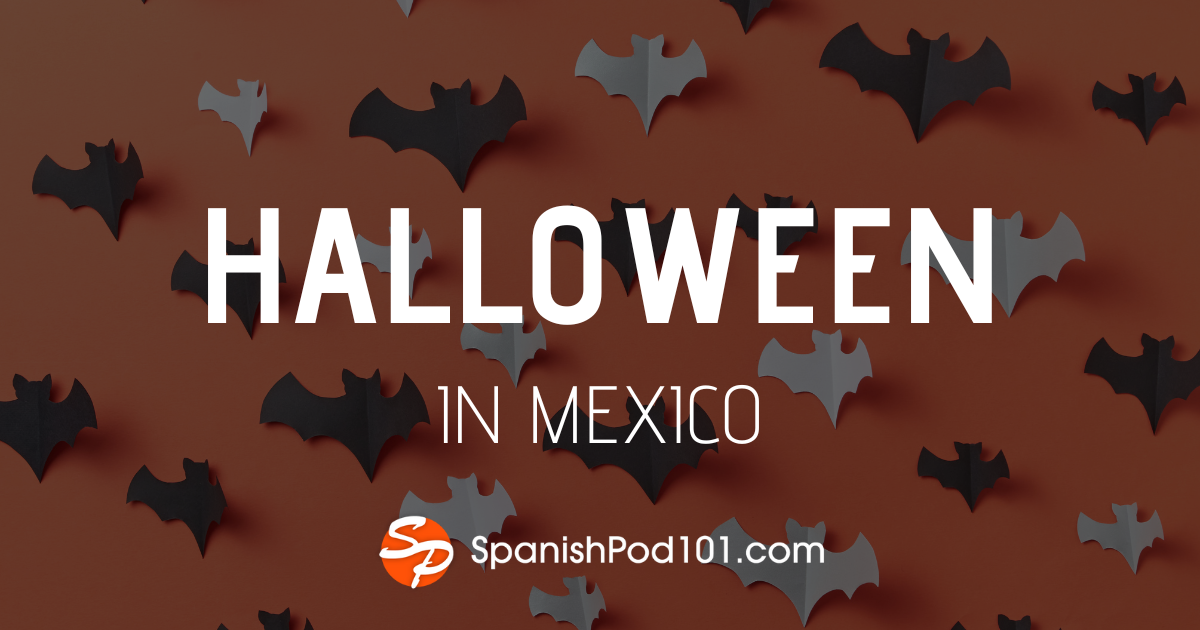
Are you planning on visiting Spain? This European country has many peculiarities you might not have heard about before, but no fear! Here you’ll find all you need to know to immerse yourself in the Spanish culture.
The culture of Spain is very unique, colored by its people’s outlook on life. Studying the Spanish language and culture opens a window to the country’s rich history, tradition, and lifestyle, beyond the clichés of paella, flamenco, and siesta.
In this guide, you’ll find the key Spanish culture facts you need to get a closer look at life in this sunny and lively Mediterranean country.
 Table of Contents
Table of Contents
1. Values and Beliefs
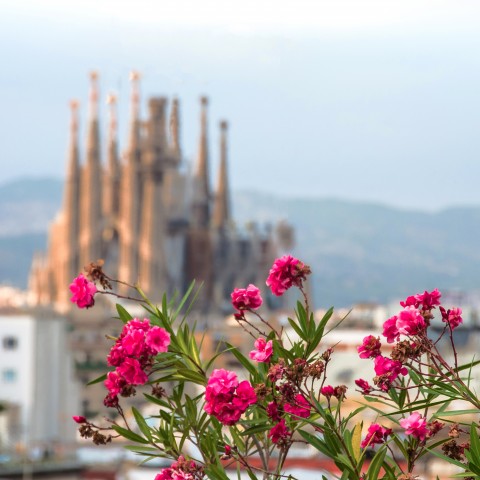
The richness of Spanish culture is largely due to the complex history of Spain and its territorial distribution. The Iberian Peninsula has always been a transit point, a gateway between Africa and Europe. Therefore, many civilizations—such as the Phoenicians, the Romans, and the Arabs—have passed through or settled in what is now modern Spain, leaving their mark on the Spanish culture.
Spain is also considered a ‘nation of nations,’ which means that some regions have their own culture. Some of these regions even have their own languages—Catalan, Galician, Basque, and Occitan—that have co-official status with the Spanish language.
The coexistence of different cultures within the same state makes national identity a sensitive issue, and people have even been known to dispute the presence of the Spanish Flag. The country’s imperial past is one reason for this division within the Spanish population. Many argue that the celebration of the Spanish National Day, which marks the date the Spanish conquerors arrived in America, is a disregard of all the suffering caused to its native peoples.
All this plurality has also had an impact on Spanish political culture, which has always been considered complex and often polarized. The country has been historically divided into two political entities:
- A more hierarchical-type society of conservative values and centralist tendencies
- Its rebellious counterpart which is known for some of the regions’ pro-independence movements
Spanish democracy is only 43 years old. Still, the footprint of the Spanish Civil War and the 36-year Franco dictatorship still impact and polarize the Spanish population.
Overall, Spanish culture shares many similarities with those of other Mediterranean countries such as Italy, Greece, and even Morocco and other North African countries. Spanish culture values collective life, or the concept of working as a community and sharing life with others. One of the first things that strikes first-time visitors to Spain is how vibrant its streets are and how the Spanish population seems to enjoy spending time in the streets. This love of time outdoors may be partly due to Spain’s famous nice weather (which is actually not so typical in the rainy Northern regions!).

2. Family and Work
Spanish family values are central to Spanish culture. The mentioned collective-oriented aspect of its Mediterranean character is represented in the archetypical Spanish family, in which family members share close bonds and tend to gather frequently. In Spanish culture, family is considered one of the fundamental pillars of every person’s life.
As for the structure of the Spanish family, grandparents tend to be the junction point, acting as “patriarchs” or “matriarchs.” Family gatherings usually happen around shared meals, and that’s one of the reasons why Spain’s food culture is so important. Although it’s not so common anymore, different generations in a family used to live together under the same roof. Even today, children’s upbringing is often shared with the grandparents, especially because their parents’ jobs typically require long working hours.
The fact that Spaniards work more hours than the average European is the differential element of the Spanish workplace culture. This aspect is crucial to the Spanish lifestyle as it challenges work-life balance and shapes the way people spend their time. Areas of life affected by this work culture include:
- school and after-school activities
- commercial hours
- television’s prime time
- Spanish people’s meals and bedtime, which is later than in neighboring countries
The misleading cliché of the siesta or nap gives foreigners the impression that the Spanish people have an easy-going, or even lazy, character. But as the data shows, this is not close to reality. People also see this cliché as being a differentiating factor between Spanish regions, especially when comparing the North and the South. However, the reality is that individual work values are generally the same across regions. The difference lies in the types of economy, with the North being more industrial and the South being more agricultural. Thus, in the South, the hot weather keeps people from working in the fields at the warmest hours.
Because of Spain’s long history of high unemployment rates, Spanish people are often conservative about their professional careers and tend to avoid taking risky moves. Entrepreneurship and business culture in Spain face many challenges, especially because of the country’s demanding fiscal system. That’s why most people long for stable wage labor, and why working for the public system is regarded as a successful career.
- → Read our article about how to find a job in Spain and pick up the Must-Know Spanish Terms for Family Members!
3. Religions
Spain is a secular state and its Constitution protects its people’s freedom of belief. Catholic Christianity is the dominant religion, but non-practicing Catholics represent almost half of the population—only around 25% are practicing Catholics. Spanish culture and tradition, however, are deeply influenced by Catholicism even among non-practicing Catholics, atheists, and agnostics.
The long history of Spain as a Catholic state and the social status of the Catholic church in the country influence Spanish people’s public and private lives. This includes everything from the celebration of local holidays to all of the street names dedicated to Catholic saints. Even children’s education is influenced, as most semi-private and private schools in Spain are Catholic.
Other religions in Spain are practiced by minorities, some native and others of an immigrant origin. Evangelical gypsy communities are an example of a native religious minority, while those of immigrant origin include:
- Muslims
- Northern-African communities
- Southeast Asian communities
- Orthodox Eastern Europe communities
- Evangelist Latin American communities
In big cities like Madrid and Barcelona, holidays celebrated by immigrant communities are starting to gain recognition and participation from native communities. Examples of this include the Chinese New Year and the Muslim Feast of the Lamb.
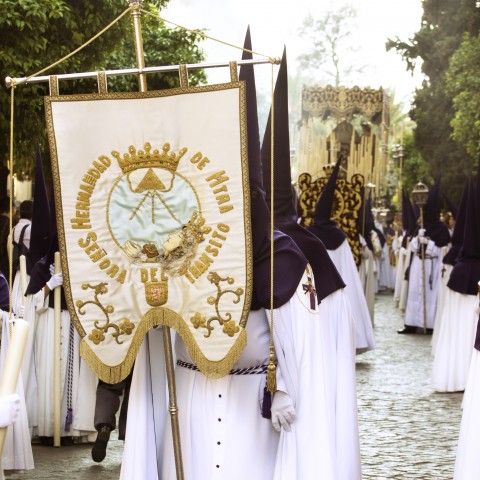
4. Traditional Holidays
Traditional Spanish culture is shaped around its main holidays. Most of them—such as Christmas, Holy Week (Easter), and Corpus Christi—are shared with other Catholic and Christian countries. Most local holidays have religious origins as well, celebrating a region’s patron saint such as San Isidro in Madrid or La Mercè in Barcelona. Some religion-related holidays have origins in old pagan celebrations. An example of this is San Juan, a traditional celebration of summer’s arrival during which people gather and light bonfires on the beach.
Popular and folkloric traditions also play a big role in Spanish culture. Some of these traditional holidays have gained international fame, such as the famous bull racing on San Fermín in Pamplona or the Tomatina, a tomato fight celebrated in the village of Buñol. Carnival is another big event that’s celebrated differently from one region to another, but mostly involves wearing costumes (like during Halloween, although without the spooky theme) and excess partying.
In Spanish culture, holidays are mainly celebrated outdoors and they bring the whole community together in a mix of big public money spending and civic self-organization. Spanish people are very fond of their local and national traditions, and many people are involved in comparsas. These are groups that organize the celebrations, play folkloric music, or perform traditional dances.
5. Food
Spanish culture and food are two concepts that go hand in hand.
The communal lifestyle is reflected in gatherings around a table with good food and drinks, whether it’s in a bar, a restaurant, or in somebody’s home. Spanish people often show their love for others by cooking food for them, and this is often portrayed by the archetypical Spanish grandmother who cooks for the whole family and always worries about her grandchildren being too thin.
Foreigners are often surprised when they order a drink in a bar and receive a complimentary dish on the side (called a tapa). A popular element of Spanish cuisine, tapas are commonly mistaken as being a specific type of food. But tapas actually consists of several small dishes that are set in the middle of the table for everyone to share. The main difference between Spanish tapas and similar small dishes in other countries is that Spaniards don’t normally cook this way at home. Tapas are almost exclusively consumed in bars or restaurants.
Paella, the famous Spanish rice dish, is normally cooked in a big pan. In the region of Valencia where the dish was invented, it’s traditionally shared among several people, with everyone eating straight from the pan with their own spoon. Paella is a typical meal for Sunday reunions among family and friends, and it’s traditionally offered on the Thursday menu in restaurants. Paella (and other dishes cooked similarly, such as fideuà) are often prepared for big celebrations using pans that can hold hundreds of servings. This is another area where the Spanish values of community and sharing are represented in Spain’s food culture.
Alcoholic beverages are also a big part of the community-oriented lifestyle in gatherings and celebrations. Although Spain is a big producer and exporter of wine, and although the famous Spanish drink sangría is made with wine, Spanish people mainly consume beer in social contexts. Beer companies in Spain are very important and they sponsor some of the main social events and activities, from traditional local holidays to football teams.
- → You can learn the names of several more popular Spanish dishes on our Spanish Food vocabulary list!
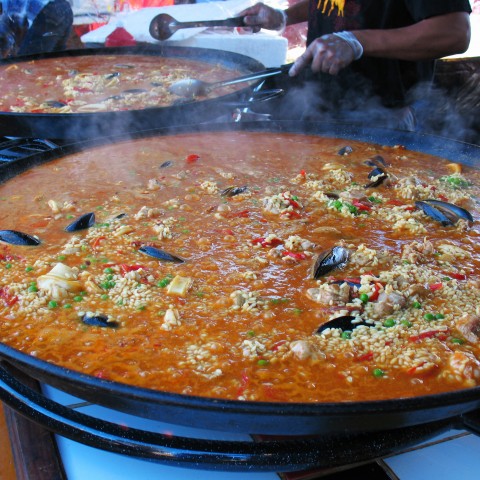
6. Art
Spain has contributed greatly to the world of art. The most famous piece of Spanish literature is Don Quixote by Miguel de Cervantes, which is considered the first modern novel. Painters of the Spanish Golden Era such as Velázquez or el Greco, as well as twentieth-century painters like Picasso or Dalí, are some of the most influential artists in Western culture. Some of the most well-known pieces of Spanish art are shown in the world’s most important museums, such as the Louvre in Paris or the MET in New York City.
The Spanish contribution to architecture is also very relevant. For instance, the Al-Andalus architectural heritage, from the centuries of Arab rule in Spain, is unique in the world. The modernist movement has left some of the most singular buildings in different cities across Spain. The movement was led in the twentieth century by Gaudí, one of the most famous architects in history who was responsible for the Sagrada Família Basilica in Barcelona, among other buildings.
One of the most distinctive features of Spanish culture is flamenco, a unique genre of music and dance. Flamenco originates from the gypsy communities of southern Spain and their folkloric traditions. The term actually refers to a variety of music and dance styles.
As Iberians share a common Spanish language and culture with most Latin American countries, there’s a great deal of cultural exchange between them. An example is the frequent collaborations between Spanish and Latin American filmmakers. Music is another area where Latin American culture has had a big influence on Spanish culture. From salsa to the current boom of reggaeton, Spanish people have always consumed a great deal of Latino music.
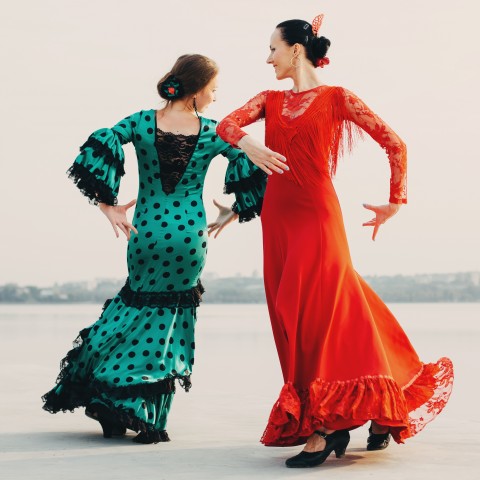
7. Final Thoughts
We hope that our Spanish culture guide has helped you get closer to this joyful and vibrant Mediterranean country. What facts have surprised you the most?
Learning the Spanish language and culture can be a thrilling experience, as foreign languages are the windows to different realities. And at SpanishPod101.com, you’ll find the best resources to learn Spanish! For example, you can check out our Spanish Vocab Builder lessons to learn new Spanish words every day.
Do you want to know how to order the yummiest Spanish food? Are you interested in experiencing some unique Spanish celebrations? Then sign up today!
We look forward to seeing you around.







